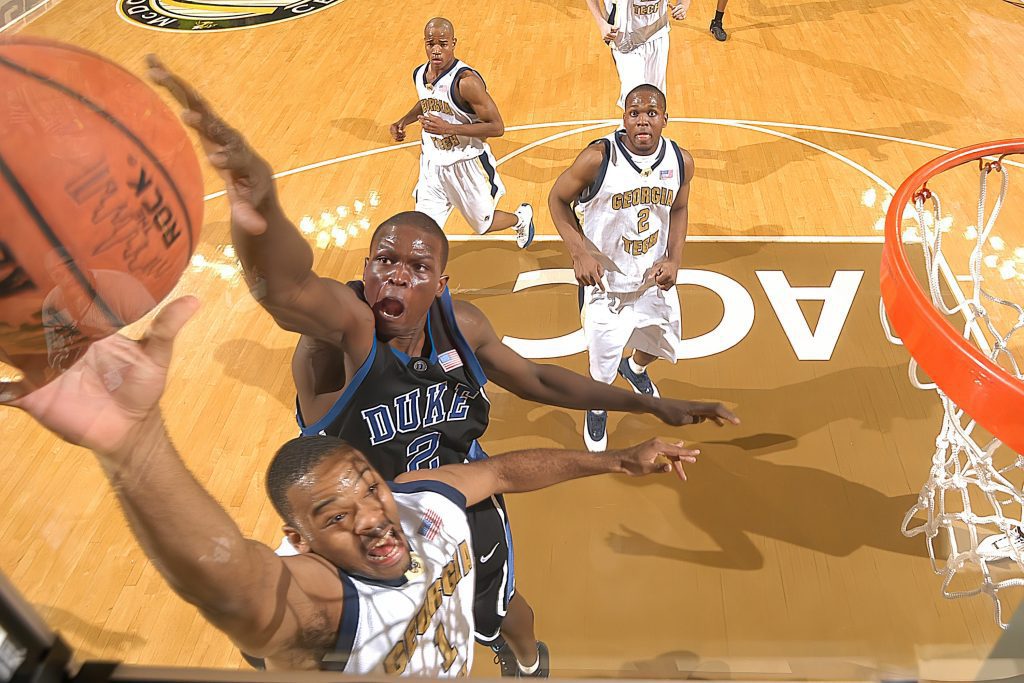Starting a photography business can be challenging and exciting, but it’s essential to understand that different types of photography have other revenue streams. Therefore, when starting, it’s necessary to consider which types of photography will provide a faster revenue stream, as this can help you establish your business and build a sustainable income. This blog post will explore different types of photography and how their revenue streams compare, so you can make an informed decision when starting your photography business.
Some types of photography, such as headshots and event photography, can provide a faster revenue stream than others, such as fine art or nature photography. This is because headshots and event photography have a shorter lead time between when the job is booked and when payment is received. This can be especially important when you’re just starting, as it can help ensure a steady income stream while building your business.
Additionally, focusing on certain types of photography can help you develop your skills and build a portfolio that will attract more clients. By starting with a kind of photography with a faster revenue stream, you can establish your business, develop your skills and then move on to your real specialty.
This blog post will take a closer look at the different types of photography and how their revenue streams compare, so you can make an informed decision when starting your photography business. We will also explore ways to market your skills and attract clients, so you can earn money faster and build a sustainable income.

A Short Marketing Lead Time
Marketing your skills in a specific type of photography can be a great way to focus your efforts and see a faster return on investment. One area of photography that can be particularly lucrative is headshots. Headshots like business cards, LinkedIn profiles, and website bios are typically used for professional purposes. However, they are also often needed for actors and models.
Headshots typically have a faster return on investment than other types of photography, such as shooting for annual reports. This is because headshots are often needed on a more regular basis and have a shorter turnaround time. For example, a business owner or actor may need new headshots every few years, whereas an annual report is only produced once per year. Additionally, headshots are often less complex to shoot, meaning you can take on more clients in a shorter period.

Another advantage of focusing on headshots is that they can be done in a studio or on location, and they don’t require as much equipment as other types of photography. This can help to keep overhead costs low, allowing you to charge lower rates while still making a profit.
When marketing your headshot photography skills, it’s essential to focus on the specific needs of your target market. Business owners and actors will have different needs, so it’s vital to tailor your marketing and services to meet those needs. For example, business owners may be looking for a more traditional, professional look, while actors may be looking for something more creative and expressive.

Other Types Of Photography Which Require Longer Lead Time
Several types of photography other than headshots can be profitable but may take longer to market. Some examples include:
- Wedding photography: This type of photography is in high demand, but it can take time to build a reputation and establish yourself as a reputable wedding photographer. It also takes time to build relationships with wedding planners and other vendors in the industry.
- Commercial photography includes shooting for advertising campaigns, product catalogs, and other commercial use. It can be pretty profitable, but it can take time to develop relationships with clients and build a portfolio of work that demonstrates your skills.
- Fine art photography: This type of photography is focused on creating art through photography. It can be pretty profitable, but it can take time to establish yourself as a reputable fine art photographer and to build a market for your work.
- Nature and wildlife photography: This type of photography can be pretty profitable, but it can take time to build a reputation and establish yourself as an expert in this field. Additionally, traveling to remote locations for shoots can be costly and time-consuming.
- Corporate and Event photography: This type of photography requires a lot of planning, coordination, and execution. This can be profitable, but it takes time to build a reputation, establish relationships with corporate clients, and get repeat business.
These types of photography require a lot of dedication, hard work, and patience. Building a reputation and a following takes time, and it’s essential to be willing to invest the time and effort required to make it happen.






































